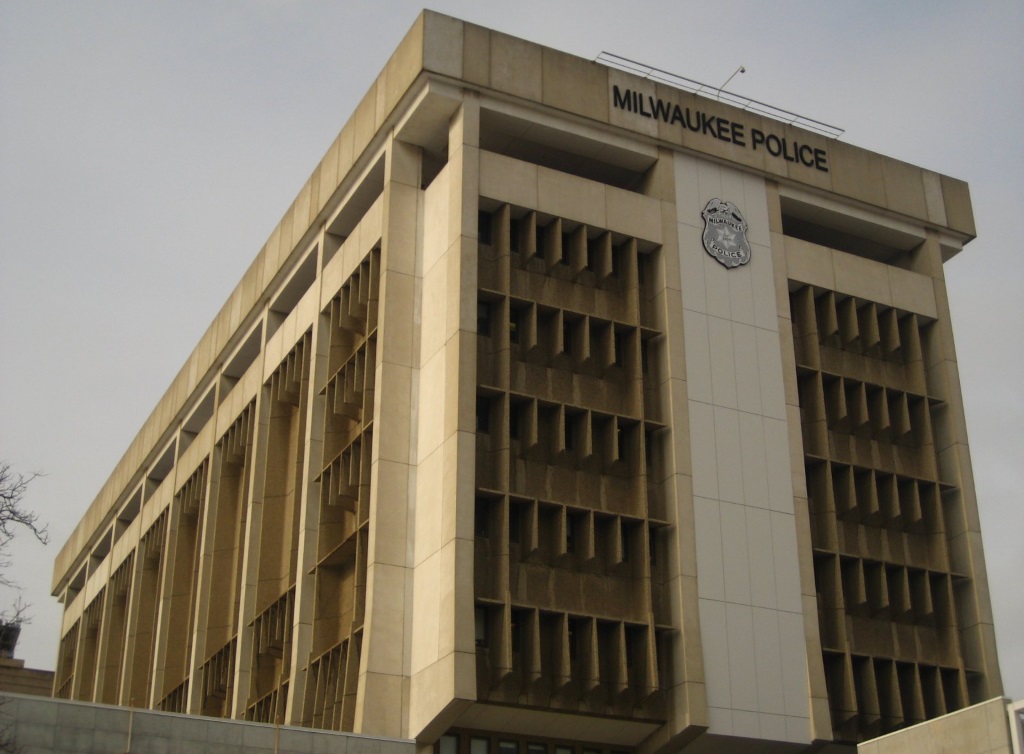City Ranks Higher In Solving Murders
Many cities don't solve the majority of murders. Milwaukee does far better.
Across the nation, big cities are finding it harder to solve murders and assaults involving guns. That no doubt includes Milwaukee, but it is doing better than many cities, as research by The Trace and the New York Times shows.
“Beneath the systemic failure to solve gun crime is a lack of police resources,” the story found. “Some police departments are so understaffed that a large share of shooting cases receive only a cursory effort, or don’t get passed to a detective at all. In Oakland’s Felony Assault Unit, more than 40 percent of cases were not assigned to an investigator in 2017. Portland, Oregon, did not assign 38 percent of its felony assaults that year.”
A story co-written by the two organizations broke down the decline in the arrests of shooters and found:
- Police are much less likely to make an arrest in a murder or assault involving a gun, with arrests in 46% of murders involving guns versus 75% of non-firearm murders.
- “The failure to solve fatal shootings of black and Hispanic victims appears to account for the entire decline in murder clearance rates,” with the clearance rate for cases involving black and Hispanic victims killed with guns dropping by some 20 percentage points since the 1980s.
- “If a gun assault is not solved quickly, odds are it won’t be solved at all.” About 20 percent of gun murders and assaults are solved by the next day and most within 30 days. After that few of those crimes are solved.
- “Detectives are stretched so thin in some cities that many nonfatal shootings don’t get investigated at all.”
- “When cities fail to solve nonfatal shootings, homicides often follow.” An analysis of data in Baltimore offered strong evidence of this.
A recent Upshot column by Times reporter Jeff Asher followed up on this research. City police agencies where a smaller percentage of murders involve guns are more likely to solve the cases, he noted. “New York City stands out with a murder clearance rate of 86 percent in 2019, a year when only 54 percent of the city’s murders involved a firearm. By contrast, the same year in Dayton, Ohio, the police cleared only 21 percent of their murders, 94 percent of which were done with a firearm.”
The data for the Times graph was from 2019 and since then Milwaukee suffered an explosion in murders, with 189 homicides in 2020, nearly doubling the number from the year before. A similar uptick was seen in many cities, with the pandemic blamed as the main driver of this trend. But the longer term factor is still guns. Milwaukee police confiscated more than 3,000 guns in 2020, an 18% increase from 2019, as Elliot Hughes reported.
Back in the News
-
Eric Hovde Has Another Bad Week
 Apr 22nd, 2024 by Bruce Murphy
Apr 22nd, 2024 by Bruce Murphy
-
Josh Kaul Investigating Fake Electors?
 Apr 17th, 2024 by Bruce Murphy
Apr 17th, 2024 by Bruce Murphy
-
State’s 7 Richest People Worth $72 Billion
![John Menard Jr. Photo by Travisvanvelzen (Own work) [CC BY-SA 4.0 (https://creativecommons.org/licenses/by-sa/4.0)], via Wikimedia Commons](https://urbanmilwaukee.com/wp-content/uploads/2020/09/John_menard_jr-1-e1630092418445-185x122.jpg) Apr 8th, 2024 by Bruce Murphy
Apr 8th, 2024 by Bruce Murphy





















Good article but the notion that clearance rates are related to hiring more police is mainly a talking point for the MPD and the union. Confidence police will actually follow up and investigate is much more important. In Chicago police enjoy little confidence in the Black community where 3/4 of all homicides take place. Milwaukee’s high clearance rate indicates a higher degree of community confidence in follow through than in Chicago and other large cities. Legitimacy is more vital than manpower.